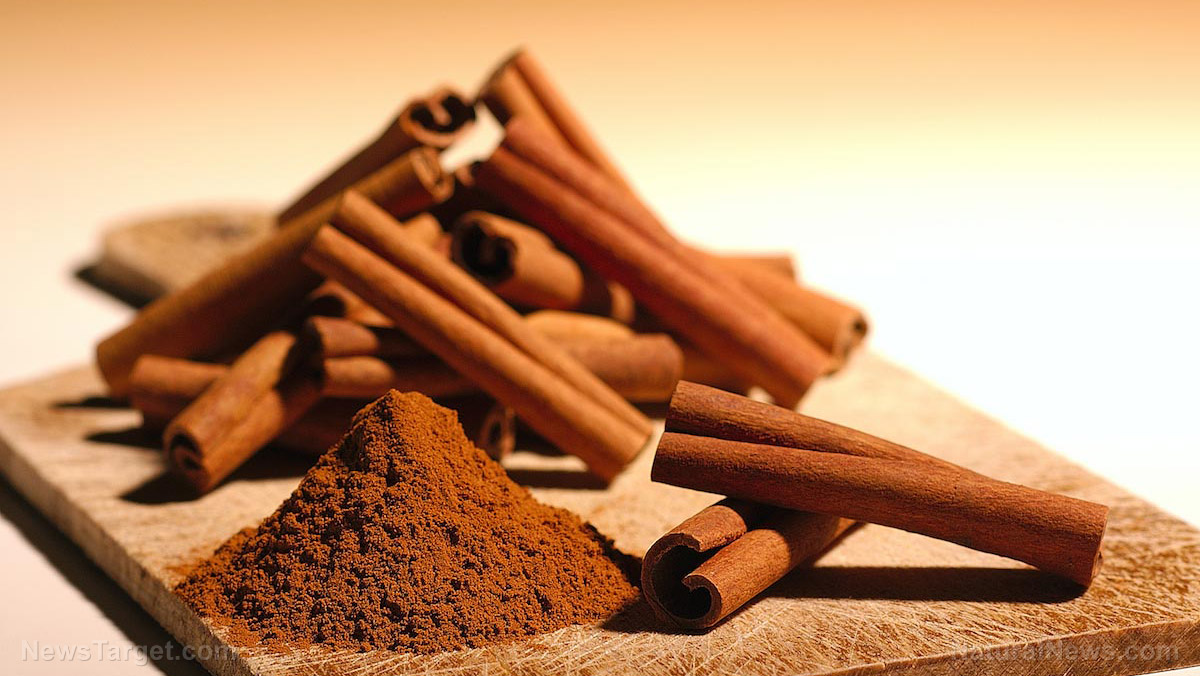
Advertisement
Want to lose weight? Try adding a dash of cinnamon to your meals.
According to a study by researchers from the University of Michigan, a chemical compound in cinnamon may help fat cells burn energy. In the long run, this may have the effect of protecting against obesity.
Humans have been eating cinnamon for thousands of years, and the spice itself is generally enjoyed by many. If cinnamon can help protect against obesity, then it may offer an approach to metabolic health that’s a lot easier for most people to stick to than fad weight-loss diets or restrictive eating plans, the researchers said.
Cinnamaldehyde helps fat cells burn energy
Scientists have initially observed that cinnamaldehyde, the compound that gives cinnamon its flavor and odor, appeared to protect mice from obesity and hyperglycemia, or high blood sugar. Scientists also found that cinnamaldehyde affected metabolism, but the mechanisms underlying its effects were unclear.
To shed light on the matter, the researchers tested human fat cells (adipocytes) from volunteers of varying ages, ethnicities and body mass indices. When the adipocytes were treated with cinnamaldehyde, the researchers noticed an increased expression of genes and enzymes that boosted lipid metabolism.
They also noticed an increase in uncoupling protein 1 and fibroblast growth factor 21. Both of these regulatory proteins are involved in thermogenesis, the process in which adipocytes burn energy.
Overall, the findings indicate that cinnamaldehyde improves metabolic health by acting directly on adipocytes, causing them to start burning energy.
Adipocytes store energy in the form of lipids (fats). That stored energy was beneficial to early humans because they had less access to fatty foods. In other words, they had a great need to store fat, which could be used by their bodies in times of scarcity or in cold temperatures, which cause adipocytes to convert energy into heat.
Today, energy surplus is a problem because of unhealthy diets. Eating too much fatty foods causes the body to store much more fat than it needs to use for energy-consuming processes.
With obesity becoming more and more prevalent in the United States, scientists have been looking for ways to turn those energy-consuming processes back on. This recent study, which appeared online in the journal Metabolism: Clinical and Experimental, suggests that cinnamaldehyde may offer one such activation method.
And because cinnamon is already such a widely used spice, it may be easier to get people to follow a cinnamon-based treatment than a traditional drug or weight-loss regimen.
How to use cinnamon in the kitchen
Cinnamon is a spice that comes from the bark of several species of the Cinnamomum genus of trees. The most popular types of cinnamon are native to Sri Lanka and China, but cinnamon trees are grown throughout Europe, Asia and North America.
In ancient times, cinnamon was prized for its sweet, sharp and sensuous fragrance. It was also sought after for its taste, which has a slightly citrusy note and a spicy kick reminiscent of cloves.
The cinnamon you have in your spice rack is most likely to be Cinnamomum cassia, the most common type of cinnamon sold in the United States and Canada. C. verum, or true cinnamon, comes primarily from Sri Lanka. It is milder-tasting, less widely used and more highly prized than the cassia variety.
You can find cinnamon sticks and ground cinnamon in most grocery stores. If you’re new to this spice, try any of the following ways to incorporate it into your diet:
- Add cinnamon to hot beverages – If you’re making tea, add a piece of a cinnamon stick to the water for an extra boost of flavor. You can also place a cinnamon stick together with your coffee grounds while brewing coffee. You’ll end up with a cup of coffee that has extra depth and a warm, invigorating flavor.
- Add cinnamon to grains – Add a piece of a cinnamon stick to your morning oatmeal to give it flavor without the use of sugar. You can also try adding a cinnamon stick to a pot of rice.
- Add cinnamon to savory dishes – Cinnamon adds a distinct earthiness to savory dishes, like curries and noodles. You can even use cinnamon in beef chili and pasta.
- Make a cinnamon infusion – Try infusing your honey, maple syrup or liquor with cinnamon. Simply place a stick of cinnamon in a jar with the liquid you want to infuse. Let it sit for a few days. The longer you wait, the stronger the taste will become. Check your infusion daily and remove the cinnamon once it tastes the way you want it to.
Cinnamon may aid in weight loss by turning up the heat on fat cells, so to speak. If you’re trying to lose weight, incorporate cinnamon into your daily routine.
Sources:
Advertisements







